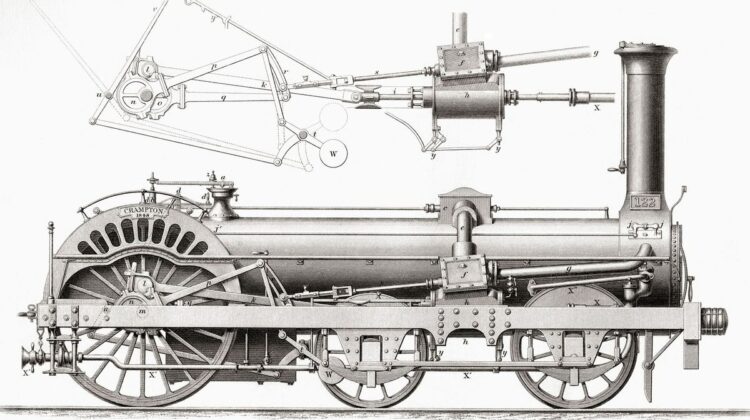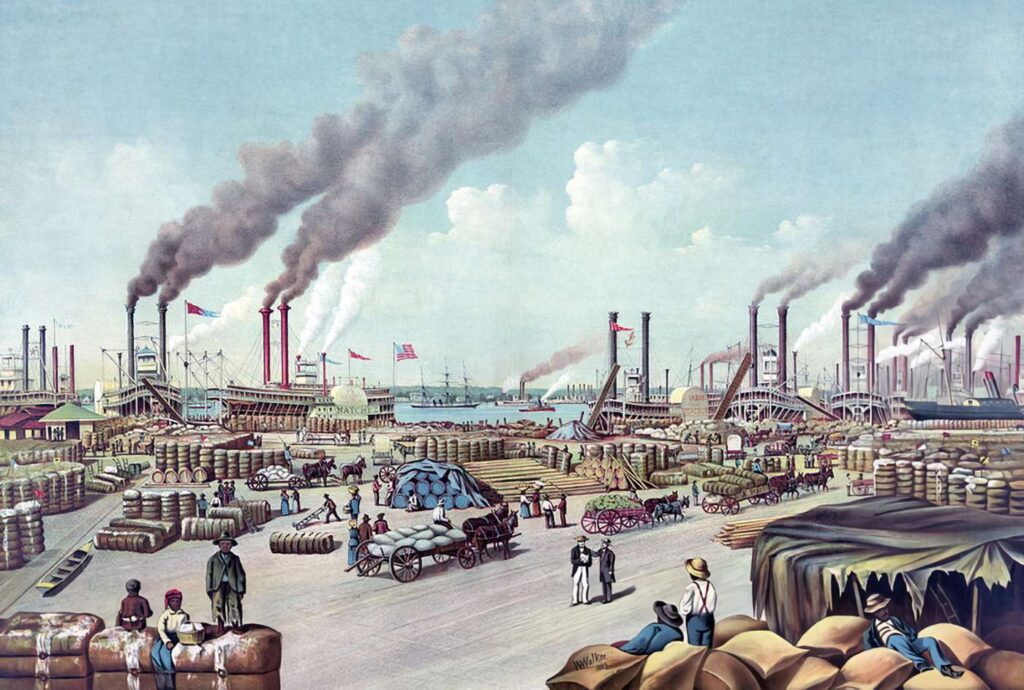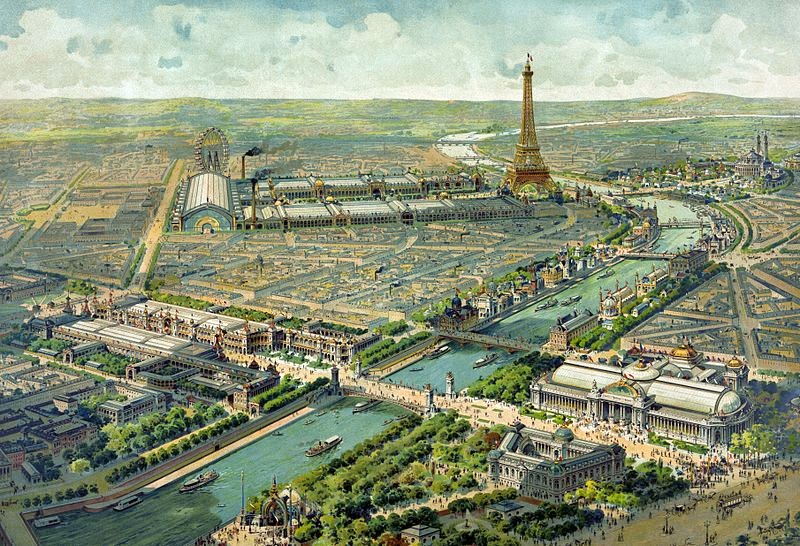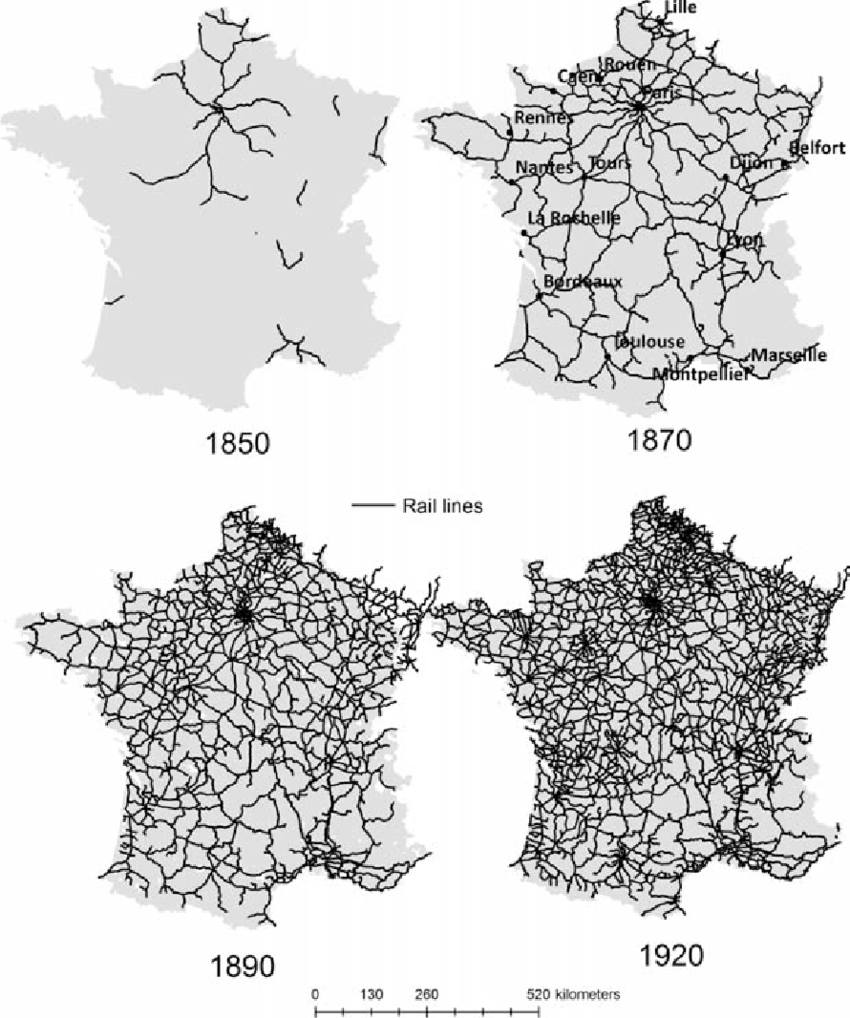
The Industrial Revolution, a period of rapid technological advancement and economic transformation, swept across Europe in the 18th and 19th centuries. In France, this era witnessed a significant development in transportation infrastructure – the rise of the railway system.
A Nation on the Move: Early Days of French Railways
French railway development differed from the model adopted by Britain, the birthplace of the locomotive. Unlike the British system, which was largely driven by private companies, French railways had a strong state involvement. This can be attributed to several factors, including a desire for national unity and a distrust of monopolies.

The first French railway line, a modest 14-kilometer stretch connecting Saint-Étienne and Andrézieux, opened in 1827. This line played a crucial role in transporting coal from the Saint-Étienne mines, demonstrating the potential of railways for industrial development.
The Role of the State: Shaping the Railway Network
The French government, recognizing the strategic and economic importance of railways, passed a series of laws in the 1840s. These laws outlined a national railway plan that prioritized connecting major cities and industrial centers.
The state played a multifaceted role. It provided financial support for construction, granted concessions to private companies, and even undertook the direct construction of certain lines deemed crucial for national interests. This approach ensured a more coordinated and efficient railway network compared to some other European nations.
Technological Innovations and Challenges

French engineers also made significant contributions to railway technology. They championed the use of high-pressure steam locomotives, which offered greater power and efficiency compared to the low-pressure models prevalent in Britain. Additionally, French railways adopted a broader gauge (distance between the rails) than British lines, allowing for increased stability at higher speeds.
However, French railway development wasn’t without its challenges. Bureaucracy, disagreements over routes, and financial constraints all played a part in slowing down progress at times. Nevertheless, by the latter half of the 19th century, France boasted an impressive railway network that significantly transformed the nation’s economic landscape.
A Legacy of Progress: The Enduring Impact of Railways

The French railway system played a pivotal role in the country’s industrialization. It facilitated the transportation of raw materials and manufactured goods, boosted trade, and spurred regional development. Additionally, railways revolutionized passenger travel, allowing people to move faster and farther than ever before.
The legacy of French railway development during the Industrial Revolution is evident even today. The core network established in the 19th century still forms the backbone of France’s modern railway system, a testament to the foresight and planning of those who envisioned a nation connected by steel paths.

Leave a Reply